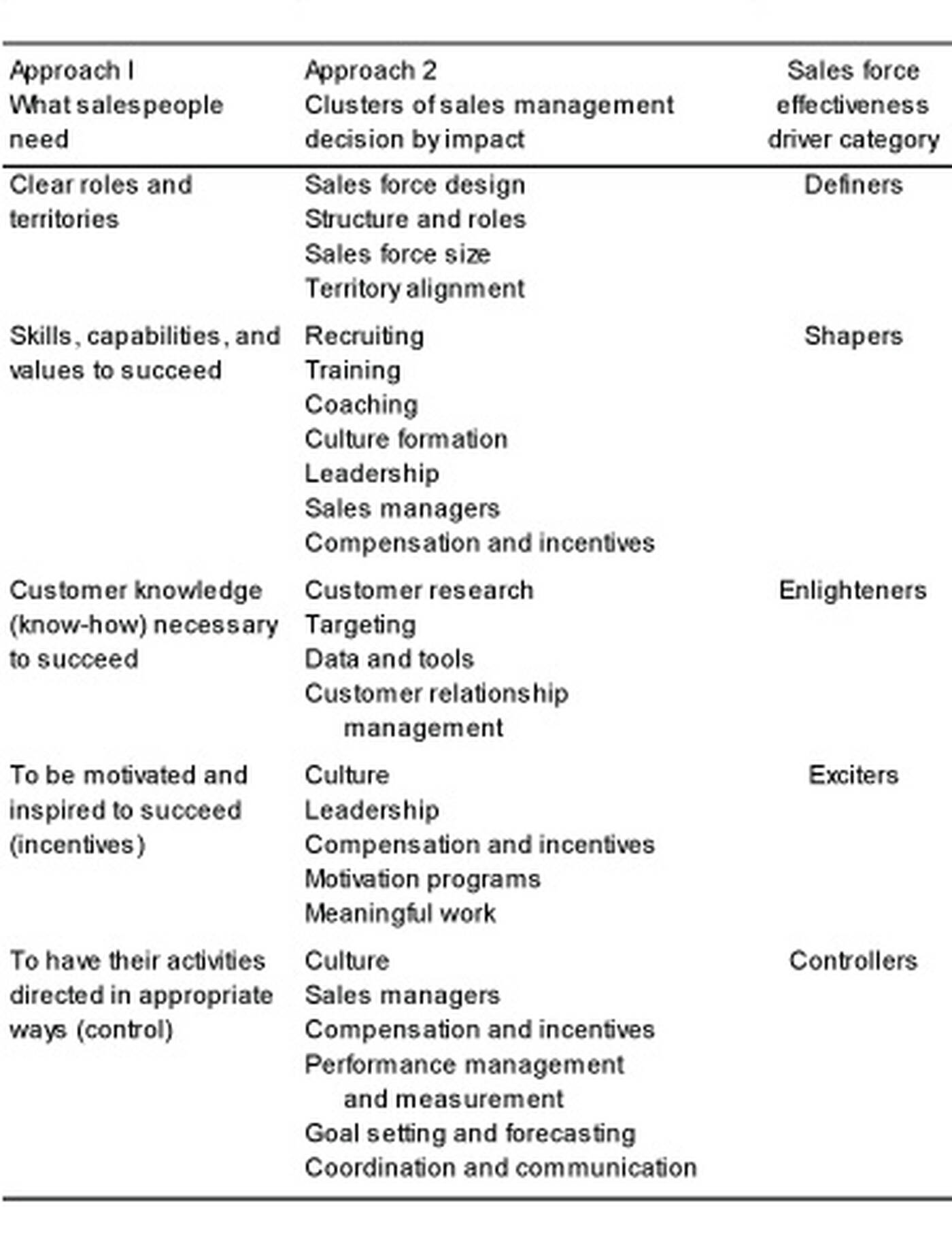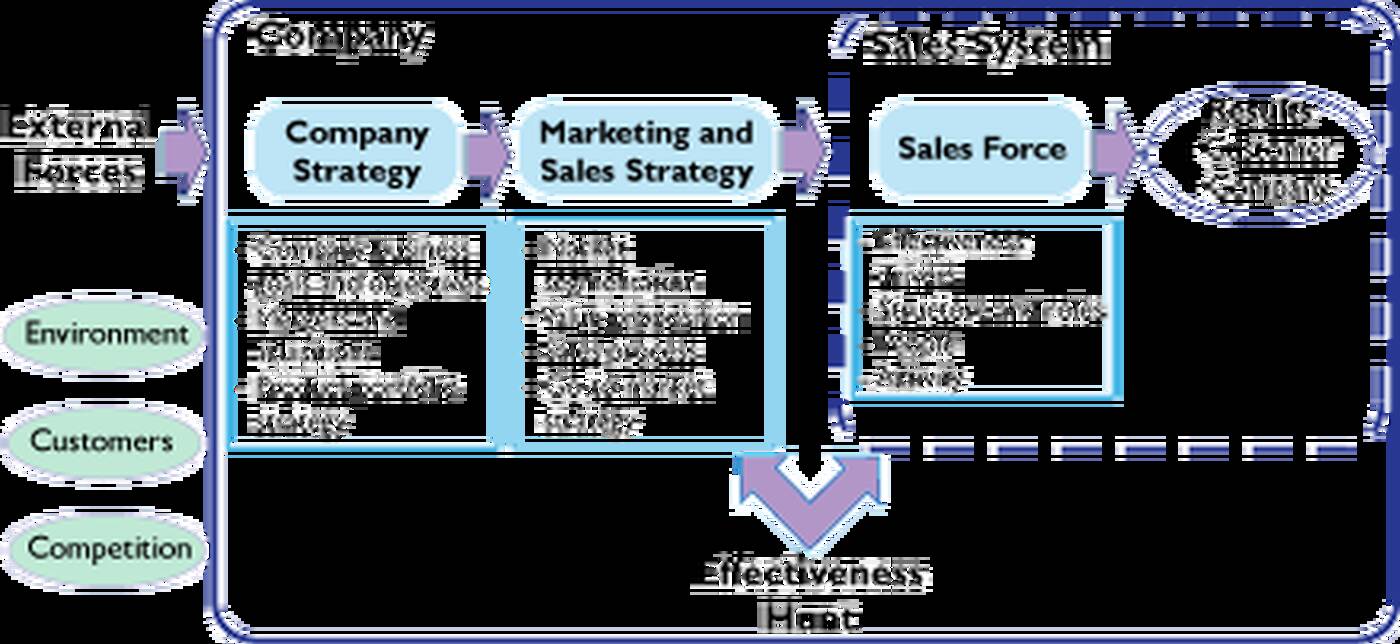
retrorocket via iStock
Salespeople spend their days working on the front lines of business, solving client problems and generating revenue. Their mission-critical efforts impact the balance sheet and can delight management and shareholders. But what factors contribute to an outstanding sales force? Is it simply a matter of hiring talented salespeople, or are there ways to help a sales team advance from the rookie league to the World Series of sales?
While U.S. industries spend more than $800 billion on their sales forces each year, surprisingly little is understood about what makes a sales organization effective. The three leading scholarly journals in the marketing discipline devote just 4 percent of their space to sales force issues. This dearth of information spurred Andris Zoltners (Professor of Marketing at the Kellogg School of Management) to develop a framework that captures the complexities of the sales function. By defining and categorizing the many factors that contribute to an effective sales organization, he offers academics a new research approach and gives companies a tool for diagnosing an ailing sales organization and pinpointing corrective steps. “This is probably the first framework that really tries to address how you create an effective sales force,” says Zoltners, who is also the co-chairman of the consulting firm ZS Associates. “It’s a thinking framework.”
To understand the perspective of people who sell, Zoltners and his colleagues Prabhakant Sinha and Sally Lorimer, both of ZS Associates, surveyed 721 sales professionals who participated in Kellogg’s Sales Executive Education programs between 1995 and 2005. They asked about the factors that make a sales force effective, as well as those that hinder success. The feedback those practitioners provided touched on innovative training and sales incentives, as well as impediments to performance such as too much time devoted to paperwork, lack of opportunity for top performers, and unevenly distributed sales territories. Zoltners and his associates also reviewed and analyzed articles in professional journals that deal primarily with sales force issues.
The Sales Force Effectiveness Framework
The team distilled the information collected from the surveys and journal analyses and synthesized it into a model they named the Sales Force Effectiveness Framework (SFEF). The SFEF shows how a company responds to pressures from customers, competitors, and the economic environment by developing an overall business strategy. This gets translated into a sales and marketing strategy, which in turn influences the actions of individual salespeople (or third-party business partners) as they generate leads, develop customer solutions, present proposals, negotiate and close sales, and provide customer service.
Looked at another way, the sales system is influenced by key decisions, systems, and processes categorized as different “drivers” (as shown in Table 1). For example, upper management defines the size and structure of the sales team. Sales management provides coaching, feedback, recognition, and training to the team. Salespeople themselves engage in specific selling tasks such as targeting, prioritizing, assessing needs, developing solutions, listening, persuading, and closing. Successfully performed, all these activities lead to sustainable and valuable relationships with customers and increased profits and market share for the company.
However, Zoltners and his colleagues uncovered some discrepancies between the concerns of sales practitioners and those of academics. For example, academics put a greater emphasis on business culture, recruiting, and training than did the working sales professionals, who were more apt to focus on compensation and team structure. Both camps put approximately the same emphasis on having the right data and tools, performance management, and communication.

The Hunt for Real-World Effectiveness
Doing a frank inventory of a sales team’s strengths and weaknesses lets a company pinpoint areas where there is waste or room for growth. “When you’re diagnosing a sales force in crisis,” says Zoltners, “solutions are always in the drivers.” For example, an insurance company with 60,000 commissioned agents was not performing up to par. Even though it recruited 25,000 agents every year, within twelve months 60 percent of those agents left the company. Only 13 percent remained after four years. “This company has huge retention issues,” says Zoltners. “It costs them hundreds of millions to train and recruit all those salespeople.”
“When you’re diagnosing a sales force in crisis,” says Zoltners, “solutions are always in the drivers.”
Another company, which sold pharmaceuticals, had its sales force make hundreds of thousands of calls to physicians, but an analysis showed that a surprising number of those calls were wasted on low-volume medical practices because the sales reps felt more comfortable with those physicians. By helping the sales force target and prioritize the highest-volume segment of the market, this company could smooth the path toward a potential 20 percent increase in revenues.
The hunt for effectiveness must be ongoing because external events create marketplace shifts. For example, when the utility industry was deregulated in the state of Georgia, Shell Energy faced a new business climate. Customers were no longer forced to buy natural gas from Shell and now could consider competitors. Salaried engineers who worked in Shell’s sales department prior to deregulation lacked the sales skill to lure customers. The top levels of management recognized the need to shift from a reactive marketing strategy to one that was proactive. As a result, they restructured and restaffed the corporate sales organization and implemented a compensation structure that rewarded performance. In less than six months, sales exceeded expectations.

As shown in Figure 1, the SFEF can help an enterprise ask the right questions and steer toward continual improvement. Zoltners recalled an executive who oversaw a sales force of 4,000 people. After learning about the framework during a Kellogg course, this executive invited Zoltners to teach it to the company’s executive team. By using the framework to rate their company on effectiveness drivers such as motivation programs, sales force structure, retention, tools, and training, team members identified opportunities for high-impact improvement. They prioritized a few specific drivers to work on that year, developed and executed a focused improvement plan, and tracked annual progress.
The process was so successful, said Zoltners, that the executive has made this an ongoing practice. “This executive told one of my classes that his division globally was the only one that had double-digit growth for seven years in a row,” says Zoltners. “He’s very pleased.”
Ed. Note: The researchers, Andris A. Zoltners, Prabhakant Sinha, and Sally E. Lorimer, are recipients of two recent awards: the Marvin Jolson Award for the Best Contribution to Selling and Sales Management Practice and the American Marketing Association’s Selling and Sales Management Special Interest Group’s Excellence in Research Award.
Andris A. Zoltners, Prabhakant Sinha, and Sally Lorimer (2008). “Sales Force Effectiveness: A Framework for Researchers and Practitioners,” Journal of Personal Selling and Sales Management, Spring, 28(2): 115-131.


